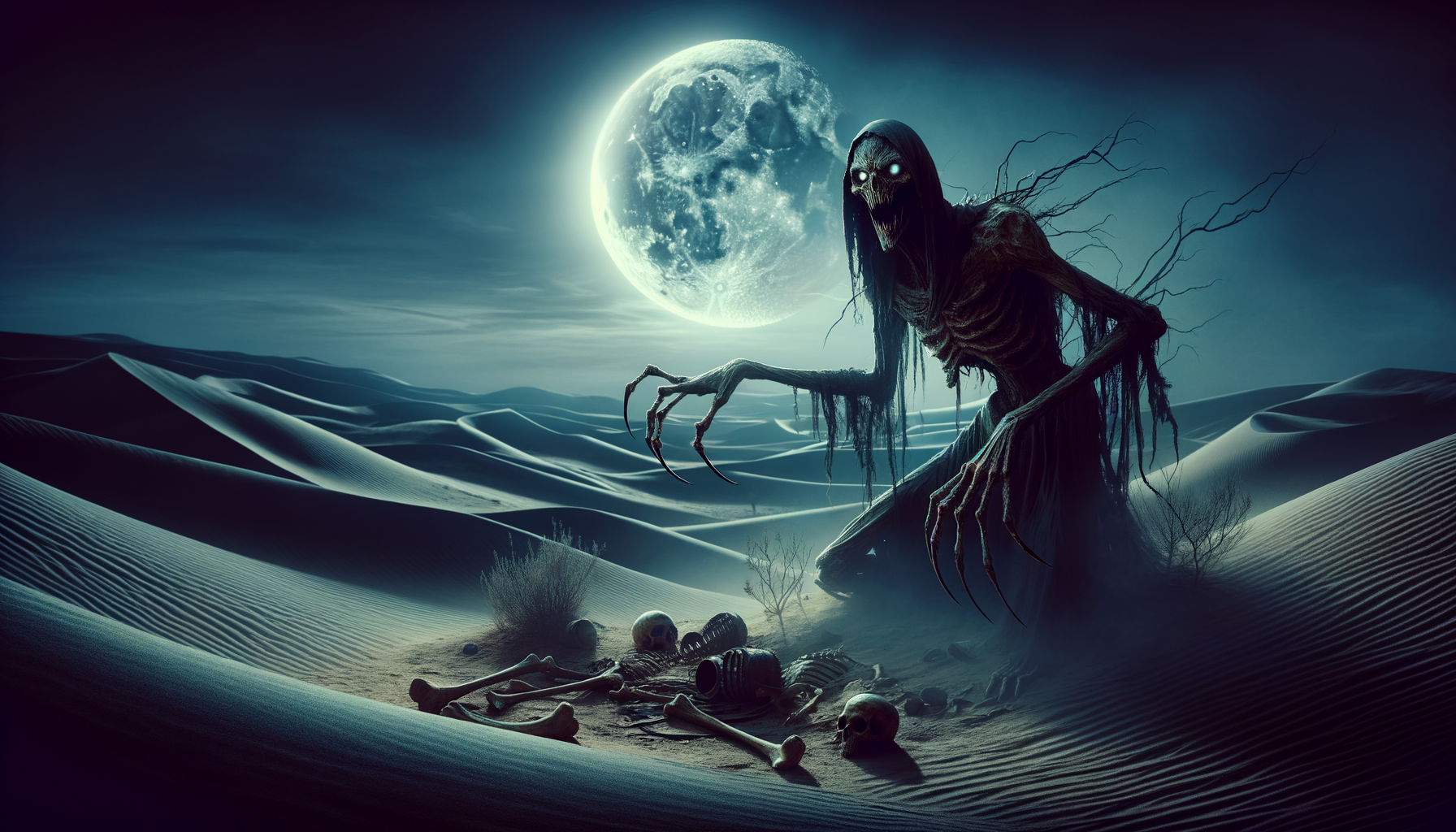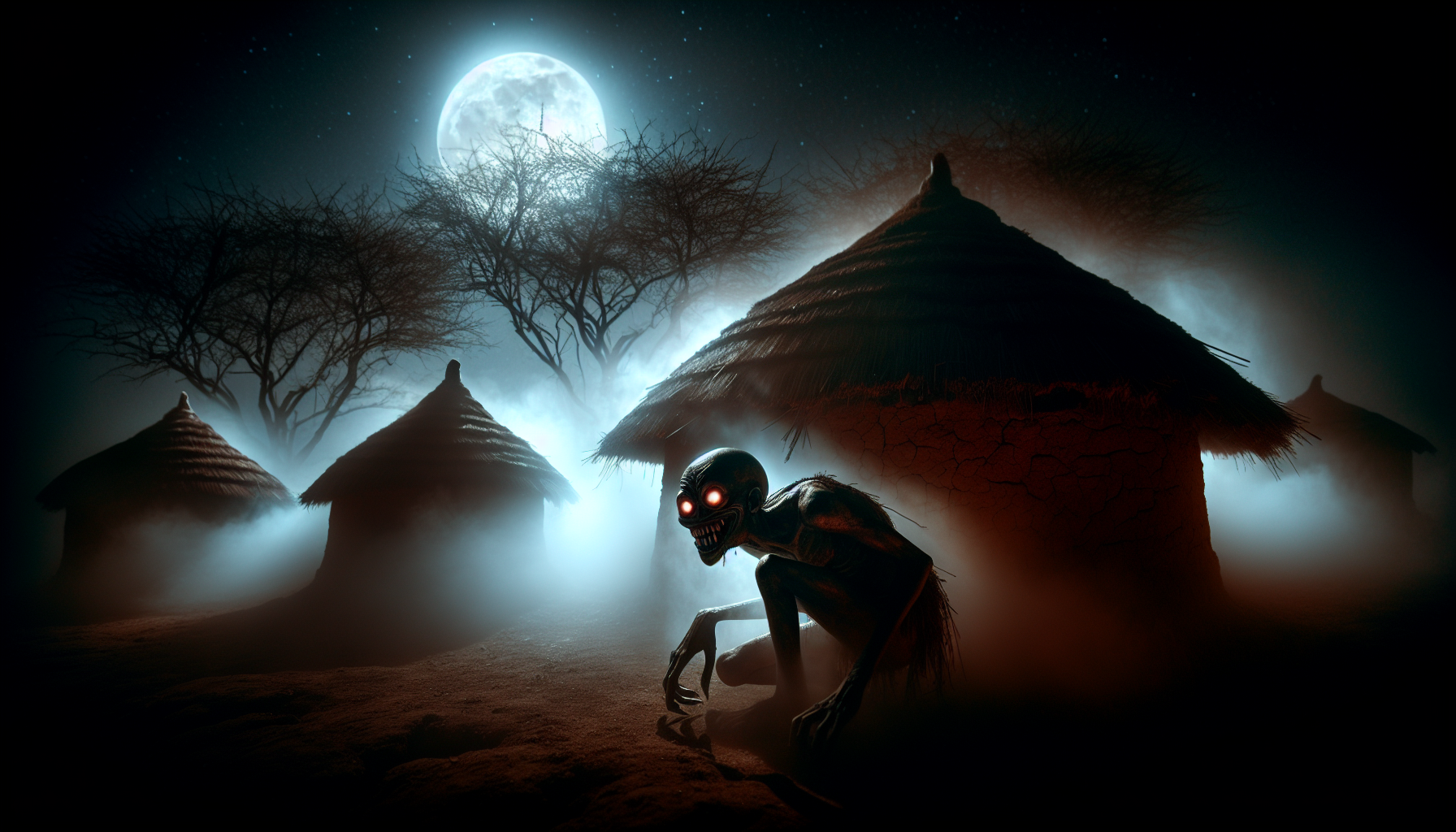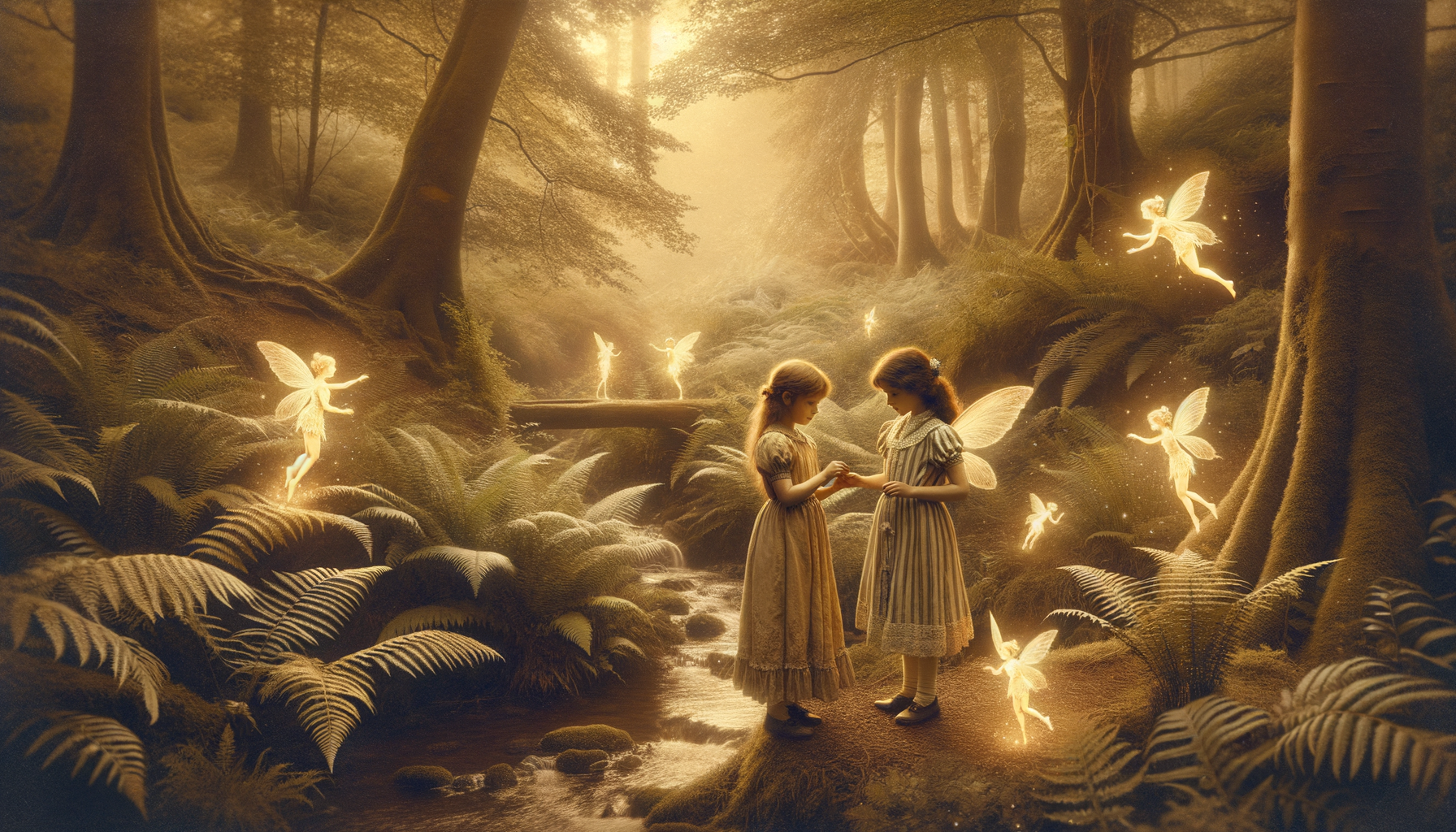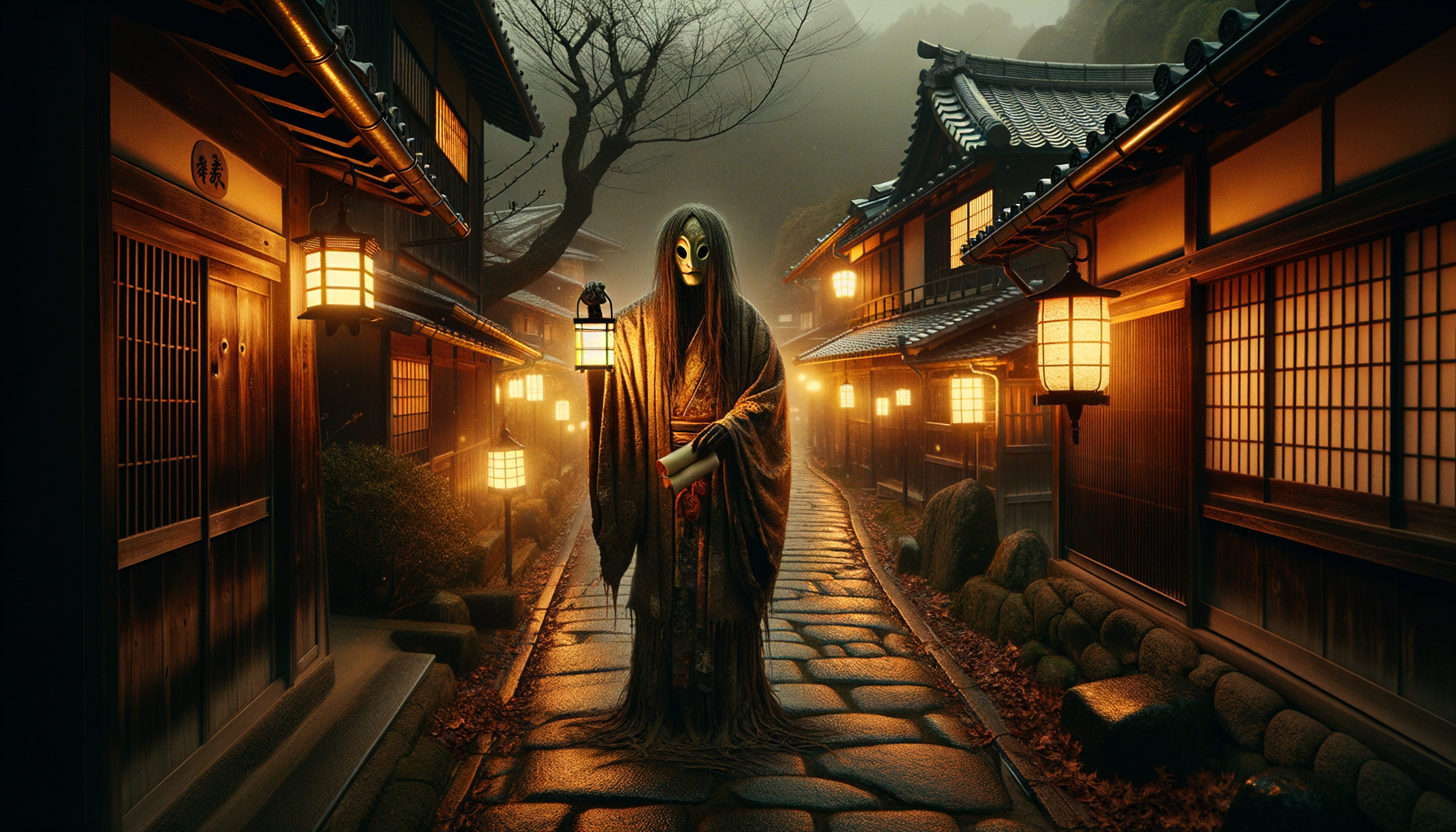Welcome, dear reader! Have you ever heard of the chilling tales surrounding the Arabic ghul? 🌙 These frightening creatures have haunted Middle Eastern folklore for centuries, captivating both locals and horror enthusiasts worldwide. Whether you’re a seasoned folklore aficionado or a curious newcomer, prepare to be spellbound as we delve into the ghul’s sinister mythos, legendary stories, and its eerie influence on modern culture.
The Origins of the Arabic Ghul
Let’s dive into the fascinating origins of the Arabic ghul. This eerie creature has its roots deeply embedded in pre-Islamic Arabian mythology. Back in the day, stories of supernatural entities were rampant, and the ghul was one of the most feared. It’s intriguing to note how the ghul is linked to the jinn and other supernatural beings. These connections give the ghul an even more mysterious aura, blending elements of fear and wonder. Over generations, the depiction of the ghul has evolved, adapting to cultural changes while retaining its core essence of terror.
Ghul Characteristics and Behavioral Traits
When it comes to ghuls, their characteristics are as chilling as they are captivating. They are often described with shape-shifting abilities, making them unpredictable and even more terrifying. Their grotesque appearance adds to their fearsome reputation. You’d typically find these creatures lurking in graveyards, deserts, and ruined places—areas that already evoke a sense of desolation and dread. Behaviorally, ghuls are known as nighttime prowlers, flesh-eaters, and soul-stealers. These traits make them the stuff of nightmares, prowling the darkness for their next victim.
Ghul in Ancient and Modern Literature
Ghuls have left an indelible mark on literature, both ancient and modern. Classic tales and poems are rife with references to these creatures, painting vivid pictures of their malevolence. One of the most famous collections featuring ghuls is “One Thousand and One Nights” (Arabian Nights). Analyzing these stories reveals how integral the ghul is to the narrative, often serving as a symbol of ultimate evil. In modern times, ghuls have been reinterpreted in books, movies, and games, each new depiction adding layers to the mythos while keeping the core elements intact.
Cultural and Religious Significance
The ghul holds significant cultural and religious importance. In Islamic teachings, the ghul often appears in moral lessons, serving as a cautionary figure that embodies the consequences of straying from the righteous path. Symbolically, the ghul represents the darker aspects of human nature and the unknown. When comparing the ghul to similar creatures in other cultures, like ghouls and zombies, the differences and similarities become apparent, enriching our understanding of this enigmatic entity.
Modern-Day Fascination with the Ghul
In recent years, there’s been a resurgence of interest in ghuls within pop culture. This renewed fascination has had a noticeable impact on the horror genres in both literature and cinema. The ghul’s unique blend of fear and mystique makes it a compelling subject for modern storytellers. Interviews with authors and creators who have explored the ghul mythos reveal a deep appreciation for the creature’s rich history and its potential for future stories. This modern-day fascination ensures that the ghul will continue to haunt our imaginations for years to come.
Conclusion
From ancient legends whispered by the fireside to modern-day horror tales, the Arabic ghul continues to be a testament to the power of storytelling. Its eerie presence not only terrifies but also fascinates, bridging the gap between ancient folklore and contemporary culture. So, are you ready to explore more haunting myths and legends?🌗 Dive deeper into the world of mystical creatures and let your imagination run wild!




